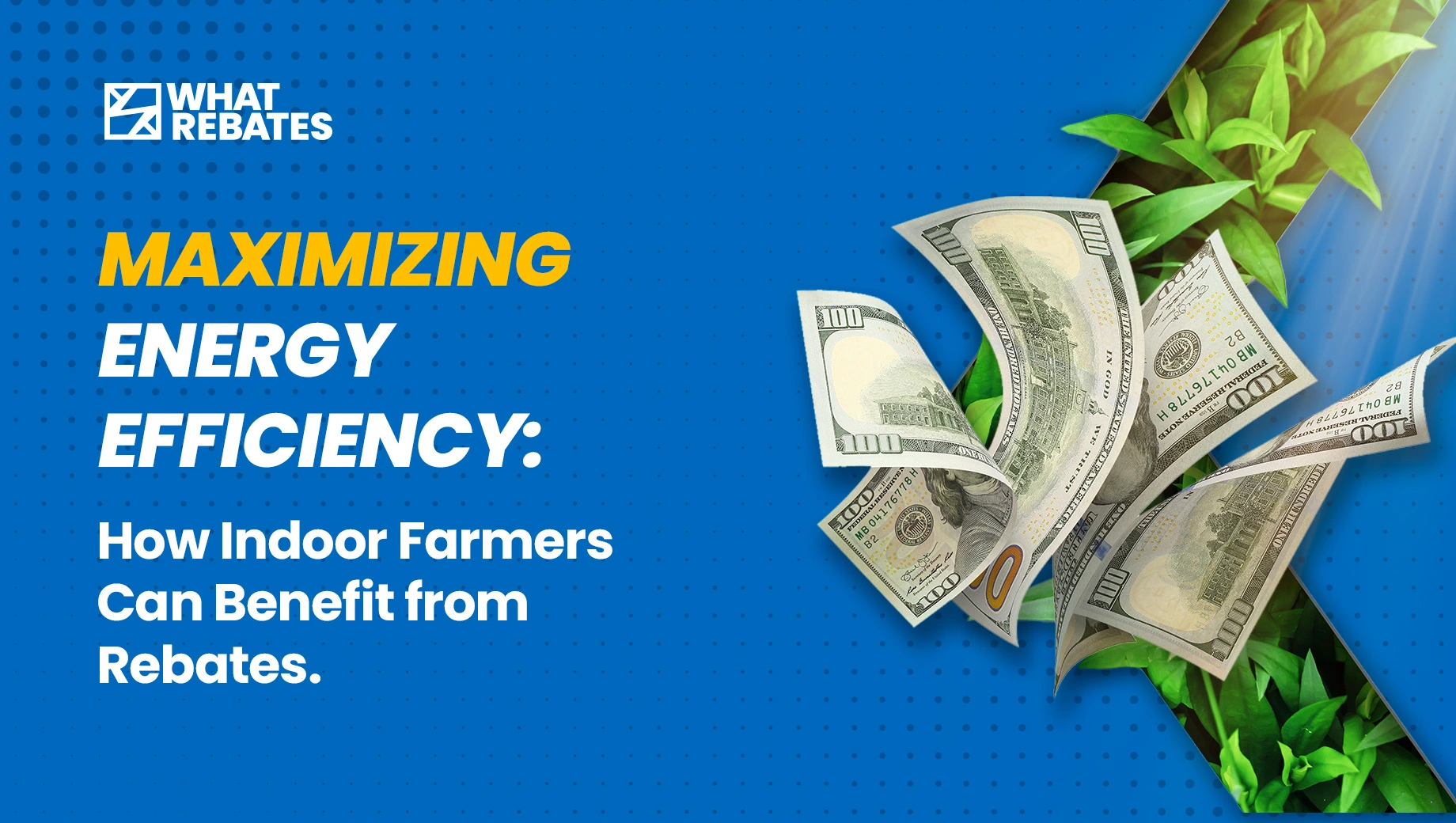
Indoor farming relies heavily on energy-consuming equipment and systems such as lighting, climate control, irrigation, and ventilation. These energy demands can lead to increased operational costs and contribute to environmental concerns, including greenhouse gas emissions. Addressing the energy challenge is crucial to ensure the sustainability and profitability of indoor farming operations.
Maximizing energy efficiency in indoor farming offers several advantages. Firstly, it reduces the environmental impact by lowering energy consumption and greenhouse gas emissions. Secondly, energy-efficient practices help decrease operational costs, enabling growers to allocate resources toward other aspects of their business. Lastly, embracing energy efficiency promotes the long-term viability and growth of the indoor farming industry.
Recognizing the need for energy efficiency in indoor farming, various governments and utility companies have introduced rebate programs specifically tailored to support growers. These programs provide financial incentives to encourage the implementation of energy-efficient technologies and practices. By participating in these programs, indoor farmers can reduce upfront costs and enjoy ongoing energy savings.
Rebate programs for indoor farmers cover a range of energy-efficient solutions. Some common rebates include:
To take advantage of rebate programs, indoor farmers typically need to meet specific eligibility requirements. This may involve demonstrating compliance with local regulations, documenting energy usage, and submitting project proposals outlining the planned energy-efficient upgrades. Close collaboration with utility companies and local authorities is crucial for a successful rebate application process.
As your business evolves, your rebate management needs may change. What Rebates offers scalability and flexibility to adapt to your evolving requirements. Our tailored solutions ensure that your rebate management aligns seamlessly with your business trajectory.
Maximizing energy efficiency in indoor farming is essential for reducing costs, minimizing environmental impact, and ensuring the long-term viability of the industry. Rebate programs provide valuable incentives for indoor farmers to adopt energy-efficient technologies and practices. By leveraging these programs, growers can decrease their energy consumption, lower operating expenses, and contribute to the sustainability of indoor farming. Embracing energy efficiency is a significant step towards a more environmentally conscious and economically viable future for indoor farmers.